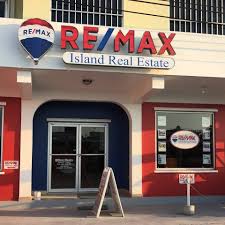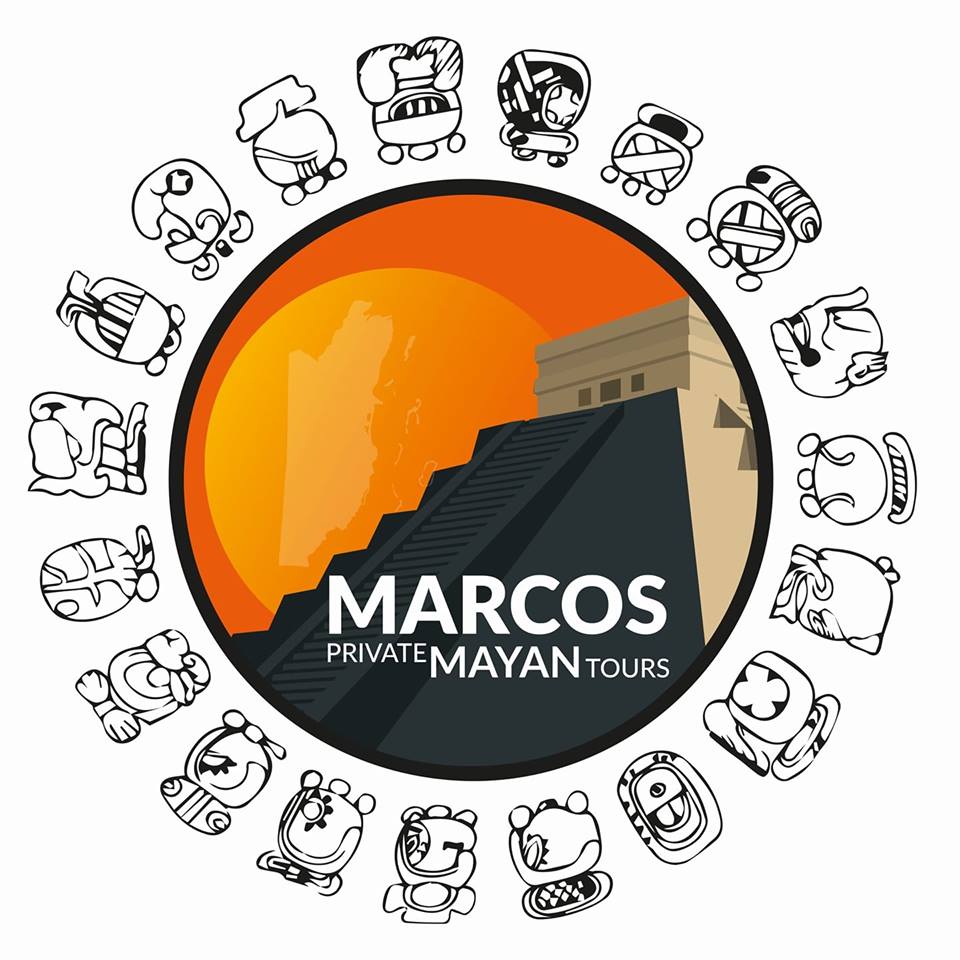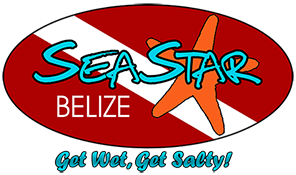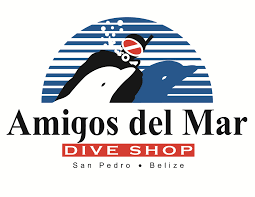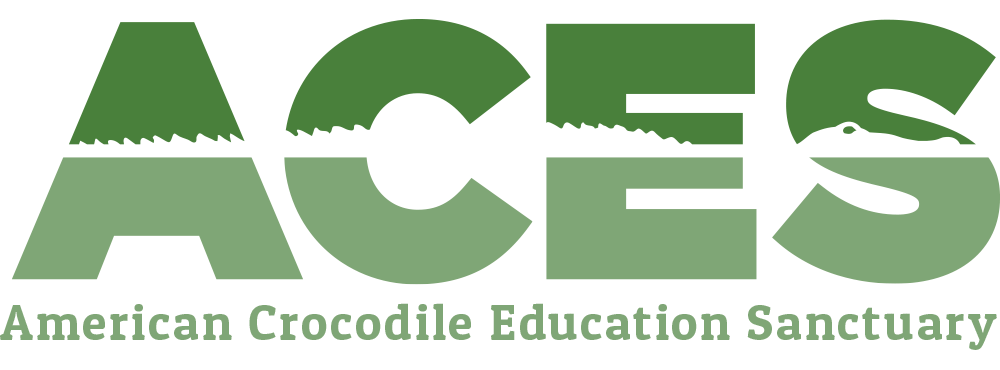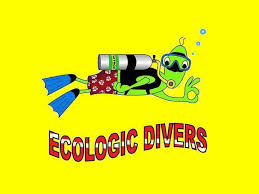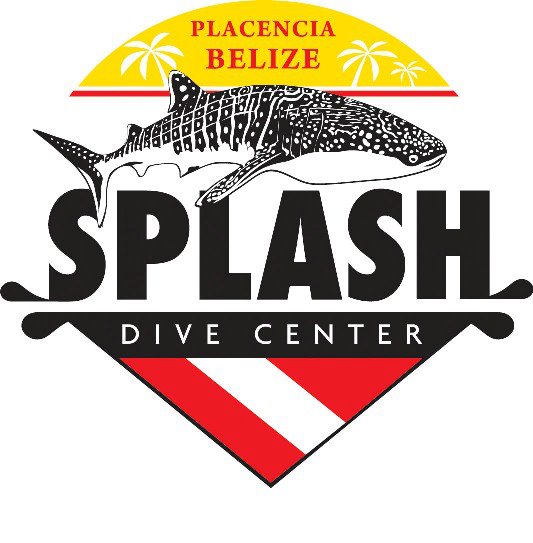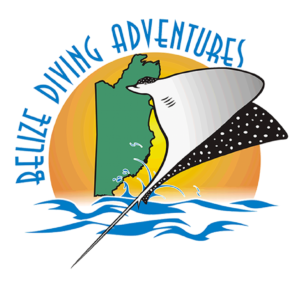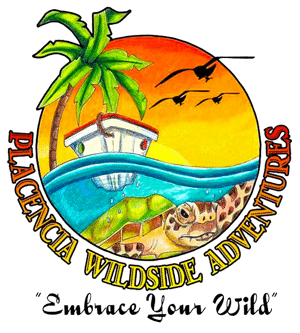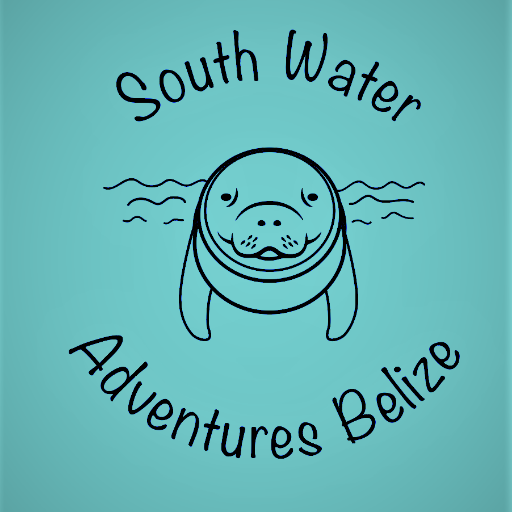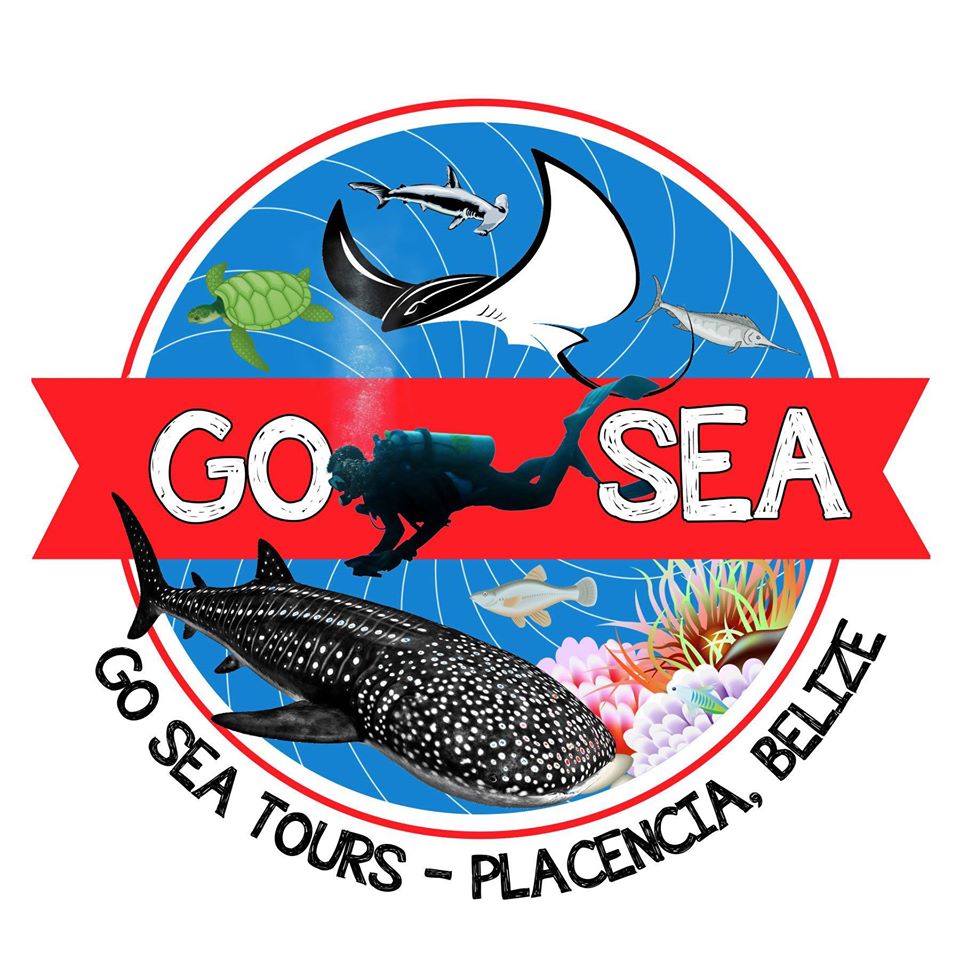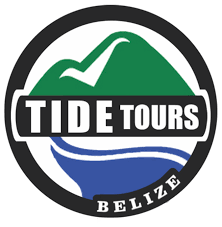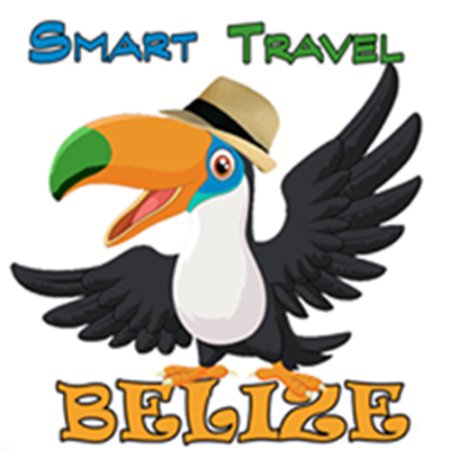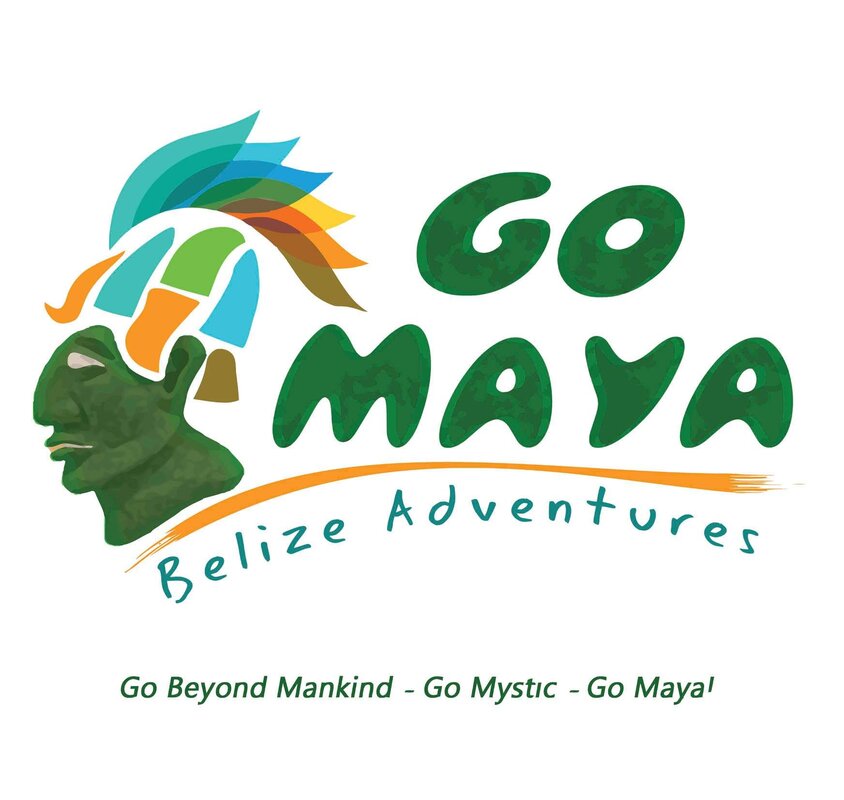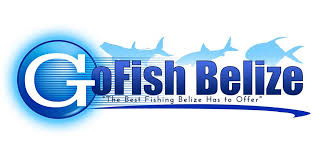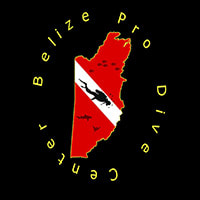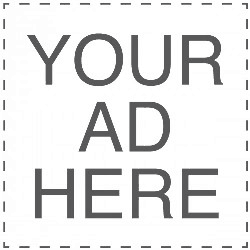|
Everything you need to know about visiting Tikal, Guatemala TIKAL NATIONAL PARK The ancient Mayan Citadel of Tikal is found in the archaeological region of the Peten Basin in northern Guatemala. Surrounded by rainforest it’s part of the Maya Biosphere Reserve which was created to protect the dense El Peten jungle. About the Tikal National Park Tikal National Park comprises of 222 square miles of jungle and thousands of ruined structures. The central part of the ancient city alone contains 3,000 buildings and covers about 16 square kilometers. The park contains some of the most fascinating archaeological remains of the ancient Maya civilization. From 1956 to 1969, the site was excavated by the Pennsylvania Universtiy, and is the largest Maya site in Central America. As of to-date, the park is being manged by the Institute of Anthropology & History (IDAEH). They are overseeing the present excavation & restoration by the Proyecto Nacional Tikal, University of San Carlos in Guatemala. Many mounds have been discovered, which remain covered by a thick layer of jungle for more than a thousand years. Restoration continues to this day. Tikal is located just two hours away from the Belizean border. Just south of Tikal, are two sister cities, Flores & Santa Elena. They are the closest towns to the site, and have many popular hotels for you to choose from (we'll discuss more on this in a bit). Short History of Tikal National Park UNESCO Site Short History of Tikal National Park UNESCO Site The ancient Mayan city of Tikal has a long history dating back as far as the 4th century BC, having originally been a small city that was conquered and rose over time to become one of the most powerful and feared of all the ancient Mayan kingdoms. Based on archeological records it’s reign lasted for over 700 years from 200 to 900 AD, (far longer than any of our modern super-states today!), and during this time Tikal dominated the political, economic and militarist spheres of Mayan civilizations through a relationship with the Teotihuacan state near to modern day Mexico City. By the 9th century however, the zenith of Mayan civilizations had passed and a crisis of the Classic Maya collapse swept the entire region. City after city fell into silence, populations plummeted and warfare was endemic. The collapse of Tikal was relatively rapid, and in the course of a 100 or so year, the city was abandoned and reclaimed by the forest for the next thousand years – it’s demise directly linked with that of Mayan civilization in general. The reasons for this abandonment are still debated but are likely to include intensive agricultural practices, unsustainable population growth, agrarian failure and cataclysmic climate change. Indeed some evidence suggests that Tikal was entirely abandoned due to persistent drought! After the downfall of Tikal, it was lost to the Jungle for the next thousand years however as is often the case with huge ancient ruins (including Machu Picchu), local people never forgot about the site and knowledge was passed down through the generations. So when Modesto Méndez and Ambrosio Tut, the commissioner and the governor of the Petén state in which Tikal is located, visited in 1848 after hearing rumors. They were guided by locals in the area on a multi-day hike through the dense jungle, such was the distance of the remote ruins from any human settlements. The excavation and comprehension of the megalithic site however did not truly get underway until 1951 when a small airstrip was built nearby making access much easier than a 4 day trip by mule and horseback. Early major expeditions were carried out by the University of Pennsylvania who quickly realized the site they were uncovering was of great importance and far bigger than any previously seen in the Mayan world. From there, it was not long before it attracted the attention of George Lucas who famously used Tikal as a filming location for the first Star Wars film back in 1977 . In 1979 UNESCO awarded Tikal dual status under both Natural and Cultural criteria, one of the first sites to receive this honour and today Tikal is one of Guatemala’s most popular tourist attractions – as well as one of it’s most awe-inspiring. The on-going work in excavating, restoring and researching still continues on to this day and it is exciting to imagine what new and interesting finds might be unearthed in the future. OVERVIEW OF THE SITE Enormous trees still shroud Tikal's buildings, which cluster in groups reached by wide causeways meandering through the tropical forest, home to toucans, parrots, wild turkeys, howler monkeys, raccoon-like coatimundis and countless other creatures. Tikal's grand scale even awes those who have visited spectacular Mayan sites such as Palenque and Chichen Itza in Mexico. The Temple of the Grand Jaguar (Temple I) & Temple of the Masks (Temple II) Loom like a pair of colossal bookends on opposite sides of the Great Plaza, a vast expanse ringed by terraces, palaces and ball courts. Grand Plaza The Great Plaza was the heart of Tikal and the main focus of sociopolitical life. It sits at the centre of the site and is bordered by Temple I and II, and the North and Central Acropolis. Dozens of stone pillars known as stelae, each one paired with a circular altar, stand in rows throughout the plaza and along surrounding terraces. Carvings and glyphs commemorating important dates and the great deeds of Tikal's rulers still adorn many of these weathered monoliths. And no trip to Tikal is complete without huffing and puffing your way to the top. The views are spectacular with Temples I, II and II rising above the Guatemalan jungle. Tikal Star Wars Fun Fact: The view of the temples of Tikal soaring out of the Guatemalan jungle was used in Star Wars Episode IV: A New Hope. Temple I (Jaguar Temple) Temple I rises some 50 meters above the plaza's eastern end. A stone stairway leads up the pyramid's nine tiers, corresponding to the nine levels of the Mayan underworld. Tourists have fallen to their deaths from these vertiginous steps, prompting park authorities to recently ban climbing. In 1958, archeologists discovered the tomb of Ah Cacau (Lord Chocolate), one of Tikal's greatest rulers, inside Temple I. Ah Cacau's skeleton was festooned with jade ornaments and surrounded by precious offerings, including pottery, alabaster, sea shells and pearls from the Caribbean coast. You can see a replica of this elaborate tomb in the Tikal Museum near the visitors' centre. Temple I has yielded other treasures, including intricately carved wooden lintels over its doors, which have furnished clues to Maya beliefs and cosmology. Temple I or the Temple Of The Great Jaguar has a carved lintel of a king sitting on a jaguar throne. It’s dedicated to Jasaw Chan K’awil (Ah Cacao) who was entombed there in 734 AD. Tikal Temple I Temple II (Temple of the Masks) Temple II is called the Temple of Masks, because of huge stone masks guarding its stairway, Temple II is almost as tall as Temple I, but safer to climb. Its summit offers travel-poster views of the Great Plaza and two labyrinthine ceremonial and residential complexes named the North Acropolis and the Central Acropolis. Temple II is also known as the Temple of the Masks due to a couple of funky looking masks that flank the stairway. Thought to be a monument to Jasaw Chan K’awil’s wife the pyramid faces the rising sun. It’s possible to climb the temple for fabulous views of the surrounding ruins and Tikal jungle. Tikal Temple III (Temple of the Jaguar Priest) Temple III, or the Temple of the Jaguar Priest, is thought to be the resting place of King Dard Sun. At 55 metres high it soars above the jungle canopy and is a gasp-inducing sight. It was the last of the Tikal pyramids to be built before the demise of the Mayan city. Tikal Temple IV (Temple of the Double-Hearted Serpent) Temple IV is also known as the Temple of the Double-Headed Serpent. It stands at an awe-inspiring 65 metres high and is thought to be the tallest structure built by the ancient Maya. Tikal Temple V Temple V stands at 57 metres high and is the second tallest structure in Tikal and pre-colonial America. It’s the funerary pyramid of an unknown ruler. Tikal Temple VI (Temple of Inscriptions) Temple VI was discovered as recently as 1951 and is known as the Temple of Inscriptions. Hieroglyphs adorn its roof-comb and tell the story of the city’s dynastic history. Its unique architecture shows another side to Mayan culture that was dedicated to astronomy. Data collected from their observations were used to calculate the complex Mayan calendar. Mundo Perdido The two important pyramids in Mundo Perdido are (1) The Grand Pyramid and the (2) Temple of the Three Rooms. The Grand Pyramid stands at 32 metres high and has a staircase on each side that reaches the top. Its summit never had a temple and was used as an astronomical observation point. Temple of the Three Rooms is just as it names suggests, there are three rooms built on its peak. The pyramid has its own unique style not found elsewhere in the complex and is thought to have been built by the people of Teotihuacan. Another interesting feature of Mundo Perdido is the Temple of the Skulls. The third highest pyramid in the Lost World complex, it’s adorned with sculpted skulls. One faces forward and there are two others in profile. Acanaladuras Palace & Bat Palace (Palance of Windows) Acanaladuras Palace or Palace of Vertical Columns derives its name from the column-like structures it features. Its also known as Group G and is one of the largest groups to be uncovered. There are vaulted chambers and ceilings and the remains of a second story. For some added curiosity, archaeologists also found a stucco mask featuring a character called the Witz Monster. The Bat Palace (Palance of WIndows) has tiny bats hanging from the ceiling that occasionally fly around. The building’s many west-facing windows have earned it the nickname the Palace of Windows. Built on a hill it was originally two stories high but the top story has crumbled. The palace was home to many Tikal rulers. TIKAL NATIONAL PARK - On-Site Museums There are two small museums near the entrance to the park, (1) the Museo Litico and (2) Museo Sylvanos G Morley. They are tiny but worth a visit to gain some understanding of Mayan history. Museo Litigo Museum The Museo Litigo is the largest of the two and houses carved stelae taken from the ruins. There are also interesting photographs of the jungle-covered temples that were snapped during excavations. Museo Sylvanos G. Morley Museum Museo Sylvanos G Morley displays ceramic pieces discovered within the park. There are descriptions for each of the displays in Spanish. Note: Your Tikal admission fee doesn’t cover the cost of the museums, but thirty (30) quetzals gets you into both. Photographs are not allowed inside the museums. TEMPLE I (Temple of the Great Jaguar) Tikal Temple I - Temple of the Great Jaguar Is the designation given to one of the major structures at Tikal, one of the largest cities and archeological sites of the pre-Columbian Maya civilization in Mesoamerica. It is located in the Peten Basin region of northern Guatemala. It is situated at the heart of a World Heritage Site, the temple is surmounted by a characteristic roof comb, a distinctive Maya architectural feature. Building Temple I on the eastern side of the Great Plaza was a significant deviation from the established tradition of building funerary temples just north of the plaza in Tikal's North Acropolis. It also is known as the Temple of the Great Jaguar because of a lintel that represents a king sitting upon a jaguar throne. An alternative name is the Temple of Ah Cacao, after the ruler buried in the temple. Temple I is a typically Petén-styled limestone stepped pyramind structure that is dated to approximately 732 AD. Temple Structure The temple rises 154 feet over the Great Plaza. The pyramid is topped by a funerary shrine, containing finely carved wooden lintels. The structure is a funerary temple associated with Jasaw Chan K'awiil I, a Classic Period ruler of the polity based at Tikal, who ruled from AD 682–734. The tomb of this ruler has been located by archaeologists deep within the structure, the tomb having been built first with the temple being raised over it. The temple rises in nine stepped levels, which may be symbolic of the nine levels of the underworld. The temple has grooved moldings and inset corners. A steep staircase climbs the temple to the summit shrine. The shrine bears a high roof comb decorated with a sculpture of the seated king, Jasaw Chan K'awiil, although it now is difficult to discern. The roof comb consists of two parallel structures with an enclosed, vaulted hollow between them, which reduces the weight of the construction. The weight of this heavy superstructure is borne through the spine of the temple. Royal Tomb The tomb of Jasaw Chan K'awiil I was discovered by archaeologists in 1962. It was entered through the roof of the tomb after exploratory tunneling from the bottom of the temple stairway. The tomb has been labeled as Burial 116 by archaeologists. It is a large vaulted chamber deep within the pyramid, below the level of the Great Plaza. Over half of the chamber is occupied by the masonry bench supporting the king's body and his jewelry. The king's remains had been laid on a woven mat and the tomb contained rich offerings of jaguar skins, jadeite objects, painted ceramics, rare spondylus shells, pearls, mirrors, and other works of art. The body of the king was covered with large quantities of jade ornaments including an enormous necklace with 114 especially large beads, as depicted in sculpted portraits of the king, and weighing 8.6 pounds. One of the outstanding pieces recovered from the tomb was an ornate jade mosaic vessel with the lid bearing a sculpted portrait of the king. Also accompanying the burial was a series of 37 finely carved human bones bearing inscribed hieroglyphic texts, arranged in a pile by the king's right foot. MODERN MAYAN HISTORY In 1848 - Tikal was discovered. In 1877 - Various pieces were looted from the major temples at Tikal, including pieces of Temple I. Alfred P. Maudslay first mapped the centre of Tikal in 1881–1882, marking the five major temples on his sketch, including Temple I, although he named the major temples alphabetically, ranging from A through to E. Teoberto Maler carried out the first topographical survey of the site in 1895, naming Temple I as the "First Great Temple". Alfred Tozzer carried out another survey in 1911 and generally followed Maler's naming conventions; it was he who abbreviated the name to Temple I. In 1955 - The University of Pennsylvania began its Tikal Project, carrying out archaeological investigations of the ruins and preparing them to be opened for tourism, which included work on Temple I and Temple II. The project was overseen by Aubrey Trik and George Guillemin. The tomb under the temple was not discovered until 1962, by Aubrey Trik of the University of Pennsylvania. The work on Temple I lasted until 1964. In 1986 - The Proyecto Nacional Tikal (PRONAT) carried out repairs to cracks in the roof of the temple. ANCIENT MAYAN HISTORY 900 B.C. - Archeologists estimate that the Maya settled in the area now known as Tikal in about 900 BC. 8th Century - Tikal grew into an important ceremonial, cultural, and commercial centre over the centuries. Most of the city's huge temples were constructed during the eighth century AD when Tikal became the greatest city in the Maya world with a population of perhaps 100,000. 9th Century - Like Maya complexes on Mexico's Yucatan Peninsula, Tikal fell into decline at the end of the ninth century and was virtually abandoned. The causes of the Maya empire's collapse remain a mystery, but wars, famine, overpopulation and resource depletion have all been blamed. 1525 - Tikal's great stone monuments languished for centuries and were gradually reclaimed by the jungle. Hernan Cortes, the conqueror of Mexico, and his motley band of conquistadors marched by Tikal in 1525, but they failed to see its temples concealed by 40-metre-tall silk, cotton, cedar and mahogany trees. 1848 - Spanish friars later wrote of a great city hidden in the forests of the Peten. It wasn't until 1848 that an expedition sent out by the Guatemalan government officially discovered the ruins. Swiss, German and British archeologists soon followed to clear debris and begin studying the site. 1950 to 1960 - The Museum of the University of Pennsylvania and the Guatemalan Institute of Anthropology and History restored Tikal's structures to their current condition during the 1950s and 1960s. UNESCO designated the ruins a World Heritage 1979 to Today - Tikal is to Guatemala what the Great Pyramids are to Egypt, a national symbol and a source of pride in the past. MAYAN ASTROMONY From atop Tikal's pyramids, Maya astronomers tracked the movements of Venus and all the other visible planets. They used these calculations (extremely accurate even by today's standards), to fine tune their complex calendar. Their calendar system can be compared to a system of interlocking gears made up of a 260-day calendar (known as the tzolkin), that meshed with a 365-day solar calendar to complete 52-year cycles. The enigmatic Maya ran this complex arrangement like a time machine back and forth across immense spans of time. TIKAL PARK - ENTRANCE FEES Fees may vary, depending on the current exchange rate. There are no ATM’s anywhere near Tikal National Park, so bring all the cash you need for your stay. All tickets must be purchased in advance of entering the Tikal National Park, so you will need to decide ahead of time - if you want to do sunrise / sunset tours or spend additional days exploring Tikal National Park. Sunrise has traditionally been the most popular time but given the mist in the forest sunset is becoming more favoured, and does not have such an early start time. There are a few onsite museums also not included in your ticket, and while I never meet anyone who actually went to them they are highly recommended by other sources online. Buying Tickets to Tikal National Park Tikal National Park is open every day of the year from 6 a.m til 6 p.m. Tickets can be purchased in advance through various operators or Banrural Bank, but based on stories I heard this only leads to problems and deceit. At the entrance to Tikal National Park (about 5 kilometers from the ruins), there is a road-block where all passengers must disembark and buy tickets before being allowed to proceed. Cash and cards are both accepted here but being in the jungle WiFi is spotty at best (as is elsewhere in Guatemala), so cash is king here. You have some choices when it comes to purchasing tickets, prior to enterting the park, they are: TICKETS NEED TO BE PAID FOR IN CASH (Is Best)
PARK FEES $22.00 USD or $150 Quetzales Per Person Per Day Ticket Office Opening Times: 6.00 am – 5.00 pm If you enter the park before 6:00 a.m. for the Tikal sunrise it's $36.00 USD or 250 Quetzales. All Tickets Must be Purchased in Advance, Prior to Entering the Park
TIP: You may also purchase your park entrance fees at the park's gate, where there is a painfully slow internet connection and long lines at certain times of day, so it is best (wherever possible), to purchase them in advance. PARK RE-ENTRANCE Is allowed, as long as it's the same day and you DO NOT remove your wristband. PARK GUIDES Guides are not required but can be organised for an additional cost at the main park entrance just before you enter, if you so desire. TIPS ABOUT VISITING THE GUATEMALA RUINS Top Tips For Visiting The Guatemala Ruins
THINGS TO KNOW BEFORE VISITING TIKAL Appreciate the History Guatemala is dotted with Mayan ruins, but Tikal is among the most impressive. The kingdom is thought to have been one of the most powerful of the ancient Maya, and dominated much of the Meso-American region from 200BC to 900AD. Book Your Tour Early There are different options for tours to Tikal, and the best ones leave early. It might mean getting up at 4 am, but you’ll be thankful to avoid the beating midday sun that awaits those on later tours. Get a Guide & Read up Before you Go If you really want to find out about the ruins, it’s worth paying a local guide. Another option is to look up the relevant pages in your guidebook before you go. You’ll get more out of the tour if you know what you’re looking at. Take Food, Snacks & Water with you Stock up on snacks before you go if you’re on a budget. The on-site cafes are fairly expensive and the food isn’t great. Get a Map of the Site Even if you’re watching your spending, it’s worth picking up a map of Tikal. The site is huge and it’s easy to get lost. Take Sunscreen & Insect Repellent The sun and the insects can be incredibly intense, and you’ll need protection. You don’t want to spend the day hiding from the sun or beating off mozzies. INTERESTING FACTS ABOUT TIKAL FACT #1) Tikal is just two hours away from the Belizean border & remains one of the most popular attractions in Guatemala. FACT #2) Tikal is one of the largest archaeological sites and urban centers of the pre-Columbian Maya Civilization. FACT #3) The name Tikal may be derived from ti ak'al in the Yucatec Maya language; and it is said to be a relatively modern name meaning "at the waterhole". FACT #4) The Tikal architecture was built from limestone that was quarried from the local area. FACT #5) For most of its history, Tikal was influenced and controlled by powerful Teotihuacan located in central Mexico. FACT #6) The Tikal Mayan civilization fell into decline around 900 AD. Its demise is thought to be due to drought, but no one really knows. FACT #7) The park covers an area of 575 square kilometres and was the first protected area in Guatemala. FACT #8) The Spanish conquistador Hernan Cortes passed within a few kilometers of the ruins of Tikal in 1525, however he didn’t mention them in his letters. FACT #9) There are traces of early agriculture in Tikal that dates as far as 1000 BC. A cache of Mamon ceramics for example, dates from about 700-400 BC were found in a sealed Chultun, a subterranean bottle-shaped chamber. FACT #10) The architecture of Tikal is built from limestone and includes the remains of temples that tower over 70 meters high, large royal palaces and a number of smaller pyramids, palaces, residences, administrative buildings, platforms and inscribed stone monuments. FACT #11) In 1979, Tikal was declared a UNESCO world heritage site. FACT #12) According to Archaeologists, Tikal was the capital of a conquest state that became one of the most powerful kingdoms of the ancient Maya. FACT #13) Tikal reached its apogee during the Classic Period, ca 200 to 900 AD during this time the city dominated much of the Mesoamerican region politically, economically and militarily. FACT #14) The Tikal National Park covers an area of 575.83 square kilometers and was created on May 26 1955 under the auspices of the Instituto de Antropologia e Historia and was the first protected area in Guatemala. FACT #15) The population estimates for Tikal vary from 10,000 to as high as 90,000 inhabitants with the most likely figure being at the upper end of this range. FACT #16) The dynastic line of Tikal, founded as early as the 1st century AD, spanned 800 years and included at least 33 rulers. FACT #17) The tallest structure in Tikal is 65 meters in height and is the temple of the two-headed snake that was built by King Yaxkin Caan Choc in 470 A.D. This temple is a must climb for the adventurous! WHERE TO STAY The two main options for accommodation in Tikal are (1) to stay in the national park or (2) to stay in the town of Flores. Both options offer different experiences and have their advantages and disadvantages. And it really depends on your personal preference and plans for Tikal as to which is best for you. Many visitors to Tikal National Park mistakenly opt to stay in Flores, a 1-2 hour shuttle away, without realizing there is accommodation within the Tikal National Park which is both affordable and allow you to relax and immerse yourself in nature. By contrast, Flores is well known as one of the places with the most scams or coyotes in Guatemala, is ridiculously hot and best avoided if your only reason to be in the region is Tikal. There are three accommodation options on offer within Tikal National Park, but by far the best is Hotel Tikal Inn which offer’s affordable prices, clean bungalows, a large swimming pool and is a 2 minute walk to the ruins. Tikal National Park Hotels A night in the national park will give you a wonderful jungle experience. And you’ll most likely see an abundance of Tikal wildlife. It’s perfect if you’re planning a sunrise tour, as you’re right there at the park. No 2.00 am alarm! The downside is that you’ll be fully dependent on the hotel’s services. The food at the restaurants can be blan and expensive and you may be stuck there without any transport. You’ll need to bring plenty of cash as there aren’t any ATMs. Choice #1 - Jungle Lodge Tikal This is the cheapest option in the archaeological site and is located at the park’s second gate. The rooms are basic with comfortable beds, a safe environment, and ceiling fans. There is no air conditioning and the rooms have shared facilities. Sometimes called Tikal lodge, it’s more like a Tikal hostel than a Tikal hotel. It does have a pool however, which is great for relaxing after a hot day of sightseeing. Choice #2 - Tikal Inn (Recommended) This resort sits on the edge of the jungle and is only a ten-minute walk to the ruins. It offers rooms, suites, and villas at various prices and you can choose from either pool or jungle views. Coctails and food can be enjoyed poolside but Tikal Inn also has a delicious restaurant with a mix of international and local cuisins. For true nature lovers, there’s a satellite building snuggled in the jungle where you can lap up all the wildlife you want. It also offers pool-side bungalows with thatched roofs and spacious Junior suites , with a room configuration to suit all needs and budgets. Being located in the Mayan Biosphere power here is limited to set hours in the morning and the afternoon that you are likely to be around – and outside of these times the front desk will happily charge any electronics so I never found it annoying. WiFi is also available at all times (which is crazy given it’s location!) and was good enough for checking emails and updating Facebook. Between the location in the jungle, the distance from the ruins and the pool I honestly cannot believe so many people opt to make the long day trip out from Flores which can involve up to 4 hours in a shuttle when you could relax at Tikal Inn, enjoy the ruins on your own (and beat the crowds!) and cool off in the pool after instead of cramming into a shuttle to get yourself back. And it is surprisingly affordable, especially if there is two people sharing a room. Tikal Inn also offers very affordable tours of Tikal for sunrise, sunset and of the ruins during the day – as well as specific birding tours or to other far flung ruins. Their guides are all hand-picked and some work exclusively for the hotel so quality is always assured. In fact, one of the owners, Roxy, is herself a qualified guide and people will stay here just to go on one of her amazing tours. inbound shuttles through them for a more enjoyable experience – I meet a lady who was besides herself after being sold a three day package including sunrise tour, only to never have here guide turn up and to find out she only had a one day ticket not two. Tikal National Park is entirely worth it so don’t let this put you off – but please keep your guard up and wits about you! Tikal Inn, Guatemala (Tikal National Park) Choice #3 - Jaguar Inn Jaguar Inn offers two different types of accommodation for you to choose from. It has thirteen bungalows equipped with ceiling fans, hot water, and private ensuite bathrooms. And for the more adventurous there is budget friendly tent lodging. The resort also offers twilight or full moon tours where you can star gaze surrounded by jungle and the ancient Mayan ruins. WHAT TO BRING TO VISIT TIKAL NATIONAL PARK What to Bring For A Visit To Tikal National Park Tikal National Park is truly remote and does present a few challenges that can be overcome – either with forward planning or a costly purchase from the markets just outside the entrance. Don’t forget there are no ATM’s at Tikal National Park. Below is my recommended packing list for Tikal:
Warning About the Scams & Coyotes Operating in Flores Warning About the Scams and Coyotes Operating in Flores Speak to almost any traveler who has been through Flores and you will be regaled with stories of fast-speaking ticket touts, many with perfect English, who promised the world and delivered ….well nothing. They have been known to swarm incoming buses from Mexico and Belize, hassle tourists on the streets, fake phone calls to popular hotels and selling bogus or over-priced tickets to Tikal National Park for a Tikal Day Trip, shuttles or buses for onward destinations. To avoid being taken by scam artists, we advise you to experience Tikal by going with one of our seasoned, licensed guides. They know where to go, where not to go and can help you avoid many pitfalls by being sucked into scams and trusting local coyotes looking to take advantage of an inexperienced traveler. TOURS TO TIKAL FROM SAN PEDRO Getting to Tikal - From San Pedro, Belize Flights from San Pedro to Belize International onto Flores Guatemala, are presently the only means of transportation to Tikal from the island. Our licensed tour guides, will accompany you during the entire trek, so no worries when it comes dealing with Guatemalan immigration, check points, purchasing your tickets and touring the site. Flights leave from Belize City to Tikal Airport in Flores once a day. The flight leaves around 4.30 pm and takes about one hour. The return flight is at eight o’clock in the morning.
0 Comments
Your comment will be posted after it is approved.
Leave a Reply. |
Is located on the island of Ambergris Caye, directly across from the Belize Barrier Reef, off the mainland coast of Belize. The property is nestled in a cluster of Australian Pine trees, backed to a littoral jungle, and surrounded by tropical gardens. It's about a one minute walk from the property to the beach, and a 10-15 minute drive from the island airstrip to the property.
We offer one bedroom suites (455 s.f.) of living area to include: livingroom, kitchenette, private bathroom and bedroom. We are also about a one minute walk from one of the best restaurants on the island serving (breakfast, lunch & dinner). Within walking distance you can find: (3) blocks is Robyn's BBQ (4) blocks is 2 fruit stands (5) blocks local grocery store IF YOU'RE COMING TO BELIZE TO............... If you're coming to Belize to dive the Blue Hole, descend the shelf walls at Turneffe, snorkel the Barrier Reef, explore Mayan ruins, rappel into a cave, kayak along the river through caves, zip line through jungle tree tops, hike through a cave to see an ancient human skeleton, swim with sharks, listen to Howler Monkey's, hold a boa constrictor, feed a jaguar, horseback ride through the jungle, canoe through a cave, rappel down a waterfall, sail around an island, enjoy cocktails & dinner to a sunset, climb 130' feet to the top of a Mayan ruin, rip up the jungle trails on an ATV, float through a series of caves on a tube, and sip on a rum punch..... then this is the place for you. Belize Budget Suites, offers you clean, affordable, attractive, accommodations, at prices that allow you to do all the things just mentioned. Archives
February 2021
Categories
All

For All Your Home Improvement Needs

For all Your Real Estate Needs
501-226-4400 10 Coconut Dr. San Pedro, Belize Your Ad Could Go Here
|


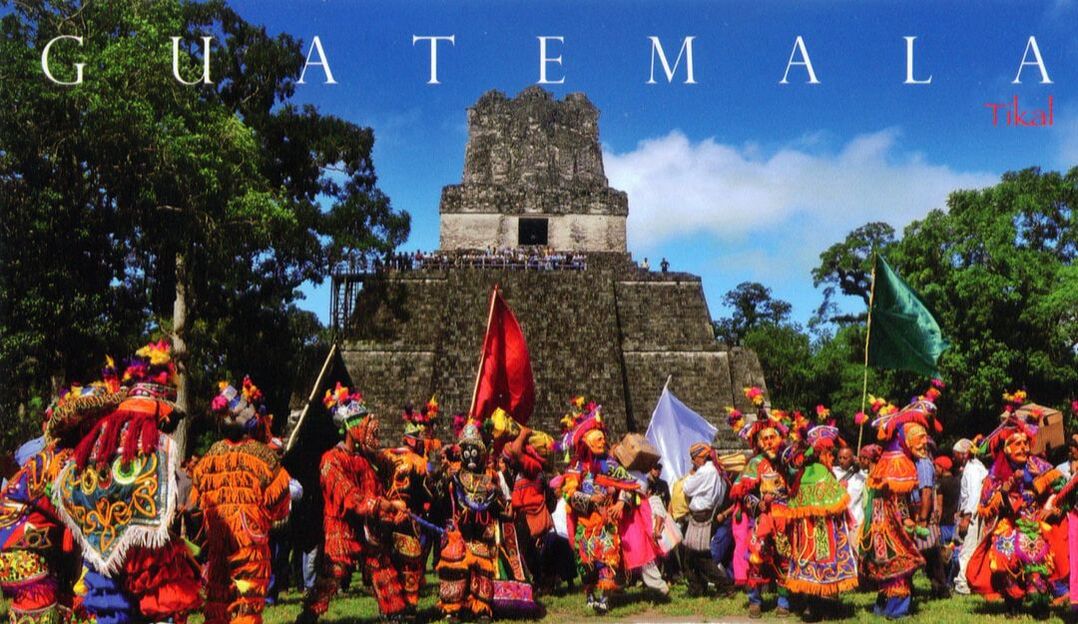




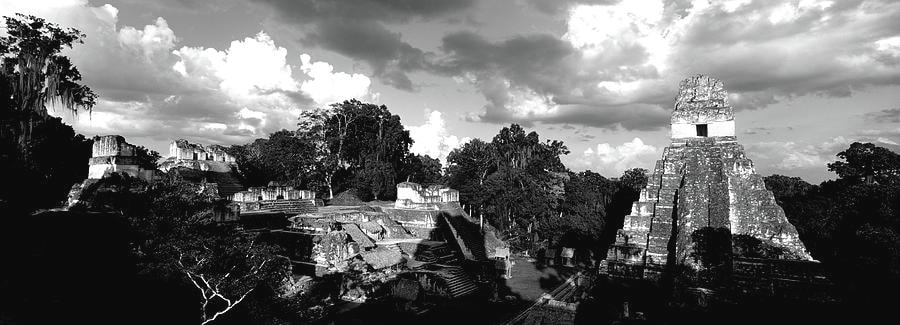
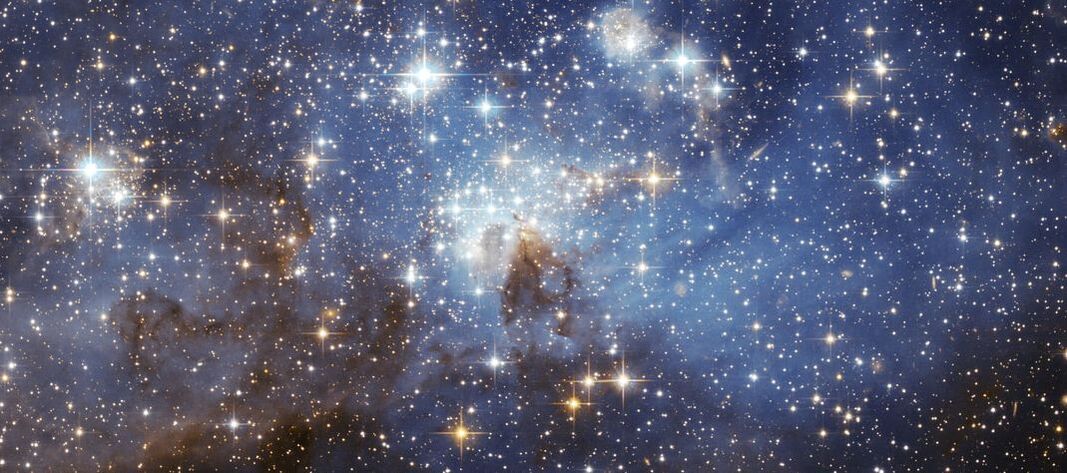
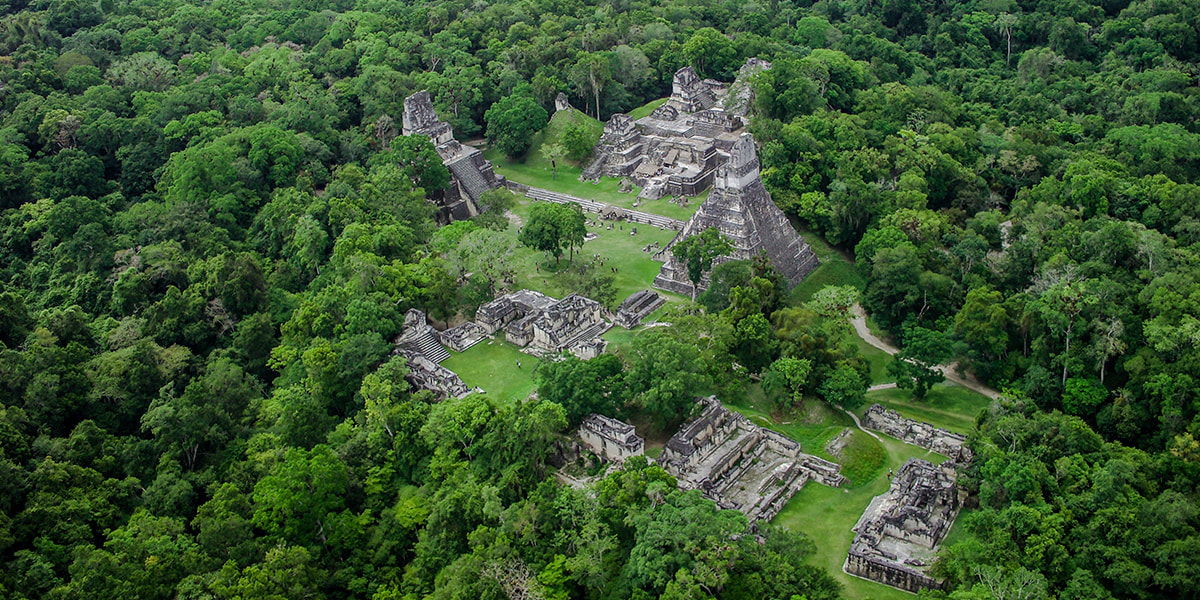


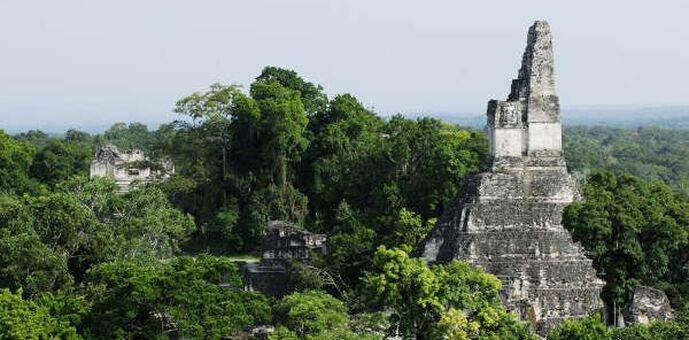

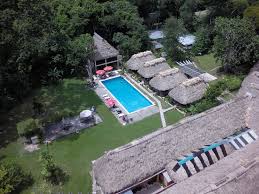
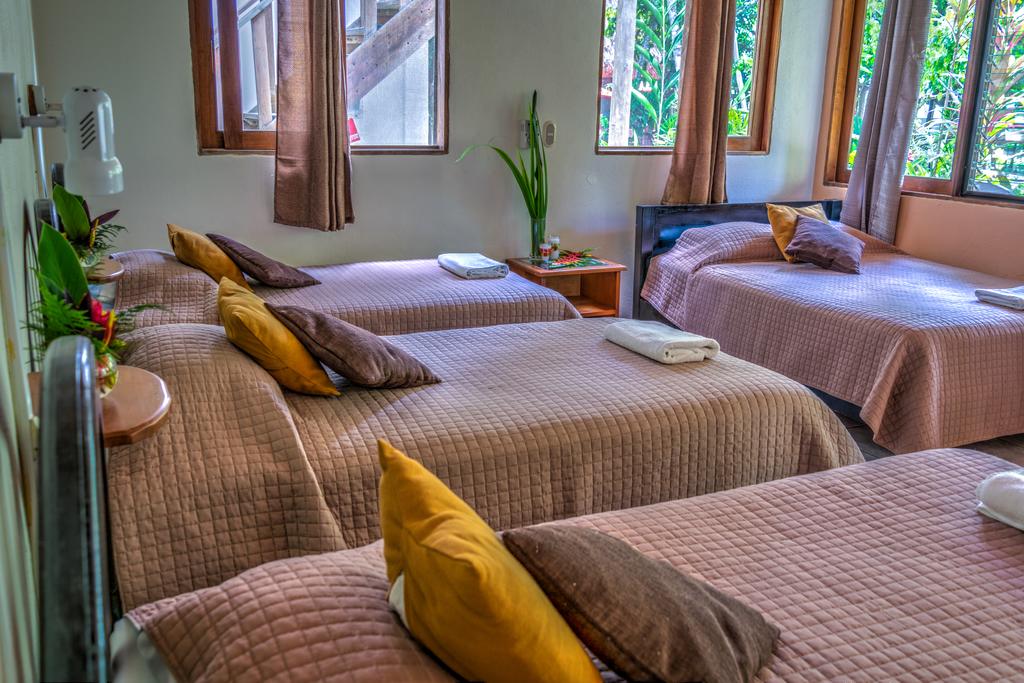

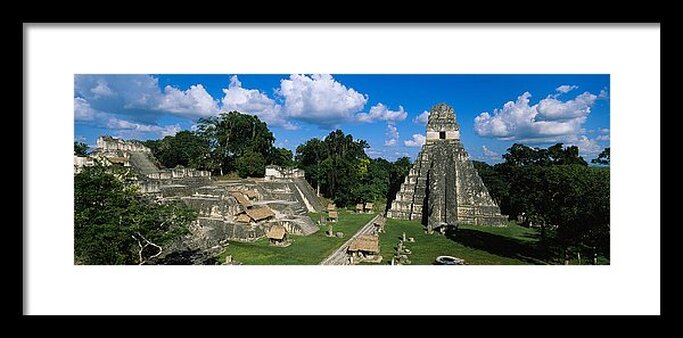
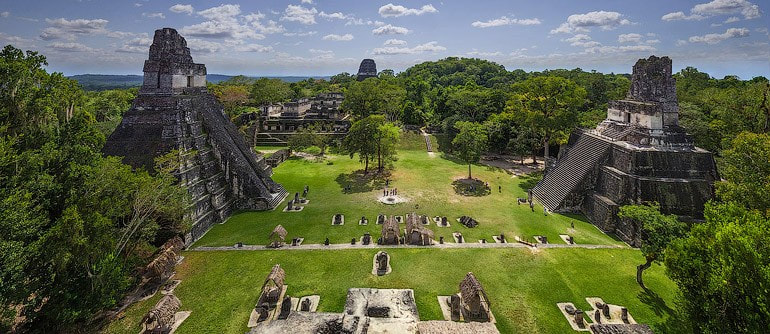
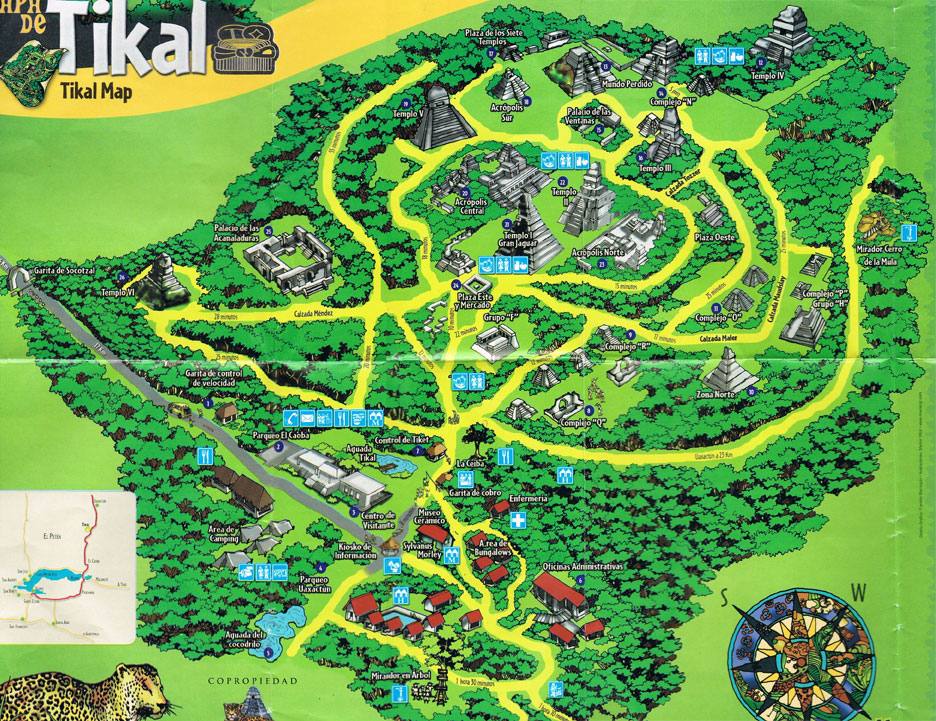

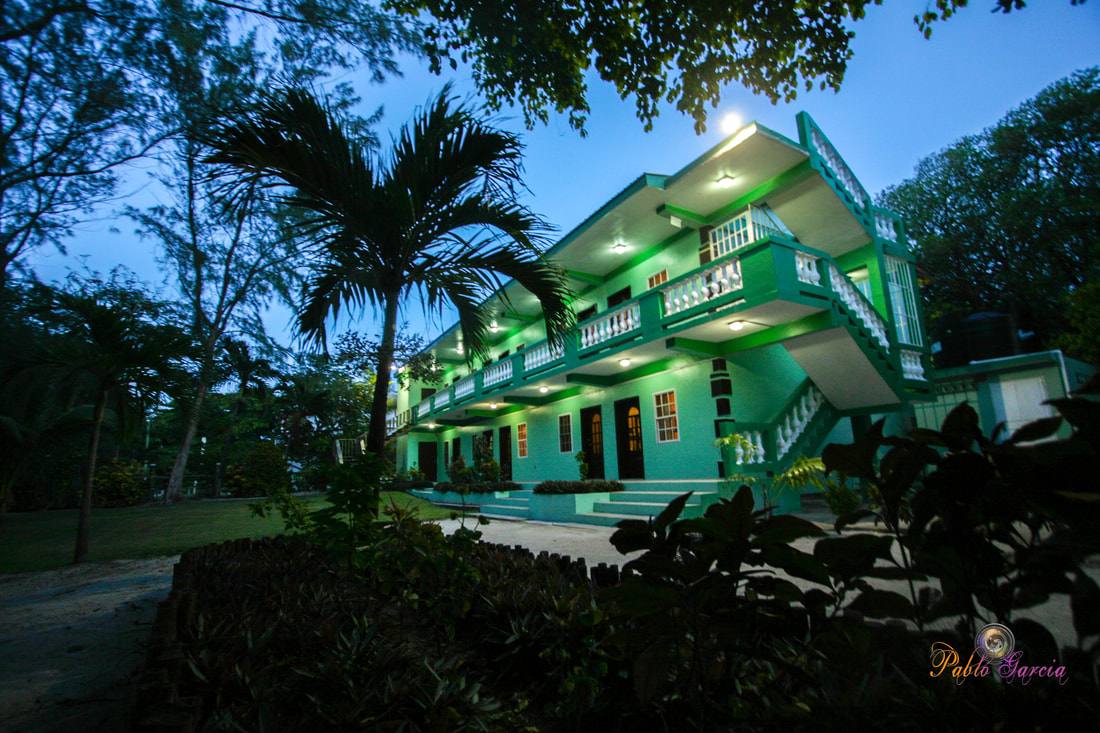
 RSS Feed
RSS Feed
